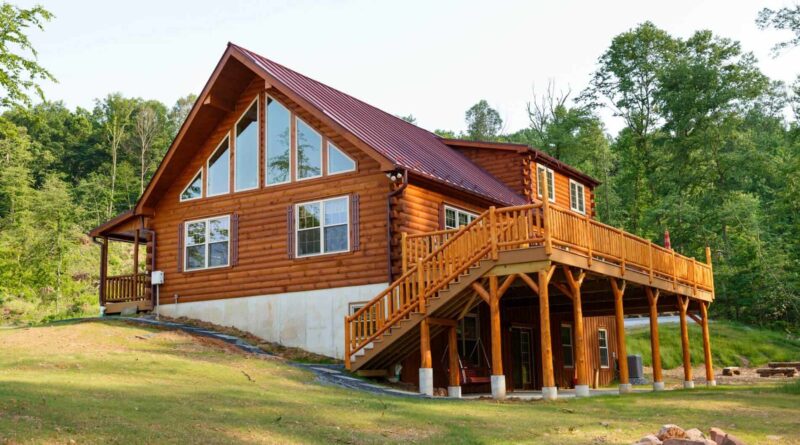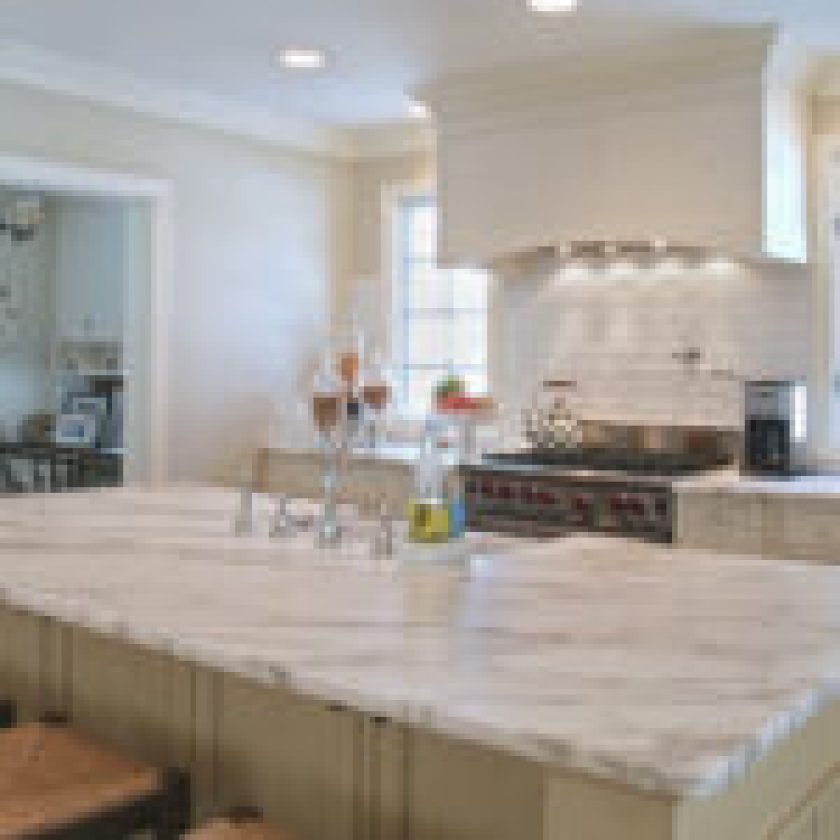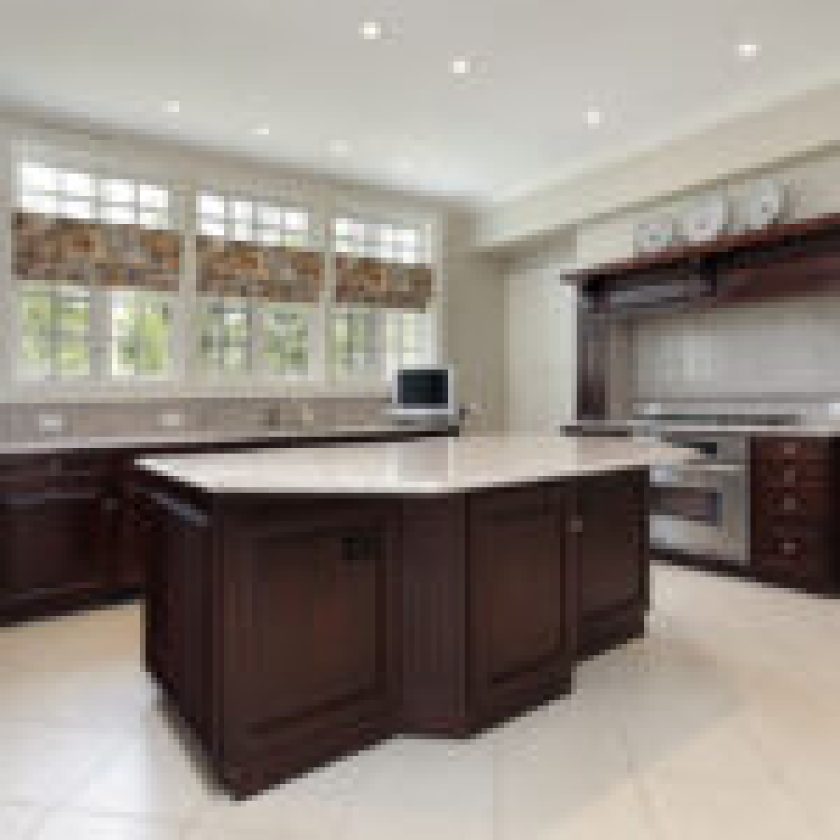Building a custom home in a mountain area comes with a unique set of challenges and building considerations unique to the landscape. A custom home project can sometimes take several years, even outside of this setting. If you and your family are considering building your dream home in the mountains, there are a handful of design considerations you should consider adding to your plans. You’ll need to consult with an experienced residential architect to develop plans for this construction and for your mountain lot.
A residential architect is a design professional who can help bring your vision for a new home to life while managing the practical requirements for making those ideas come forth. For any custom home project, a residential architect is a must. For a custom home on a mountain lot or otherwise unpopulated area, the role of the residential architect is important throughout the project.
This article will cover a few of the building and planning challenges associated with creating a custom mountain home. Understanding and managing these challenges well in advance of construction will help your project move smoothly and give you and your family realistic expectations regarding your new home. There are many possibilities for this home, and as with any custom building project, those possibilities for this new home may surprise you.
Access Road and Driveways
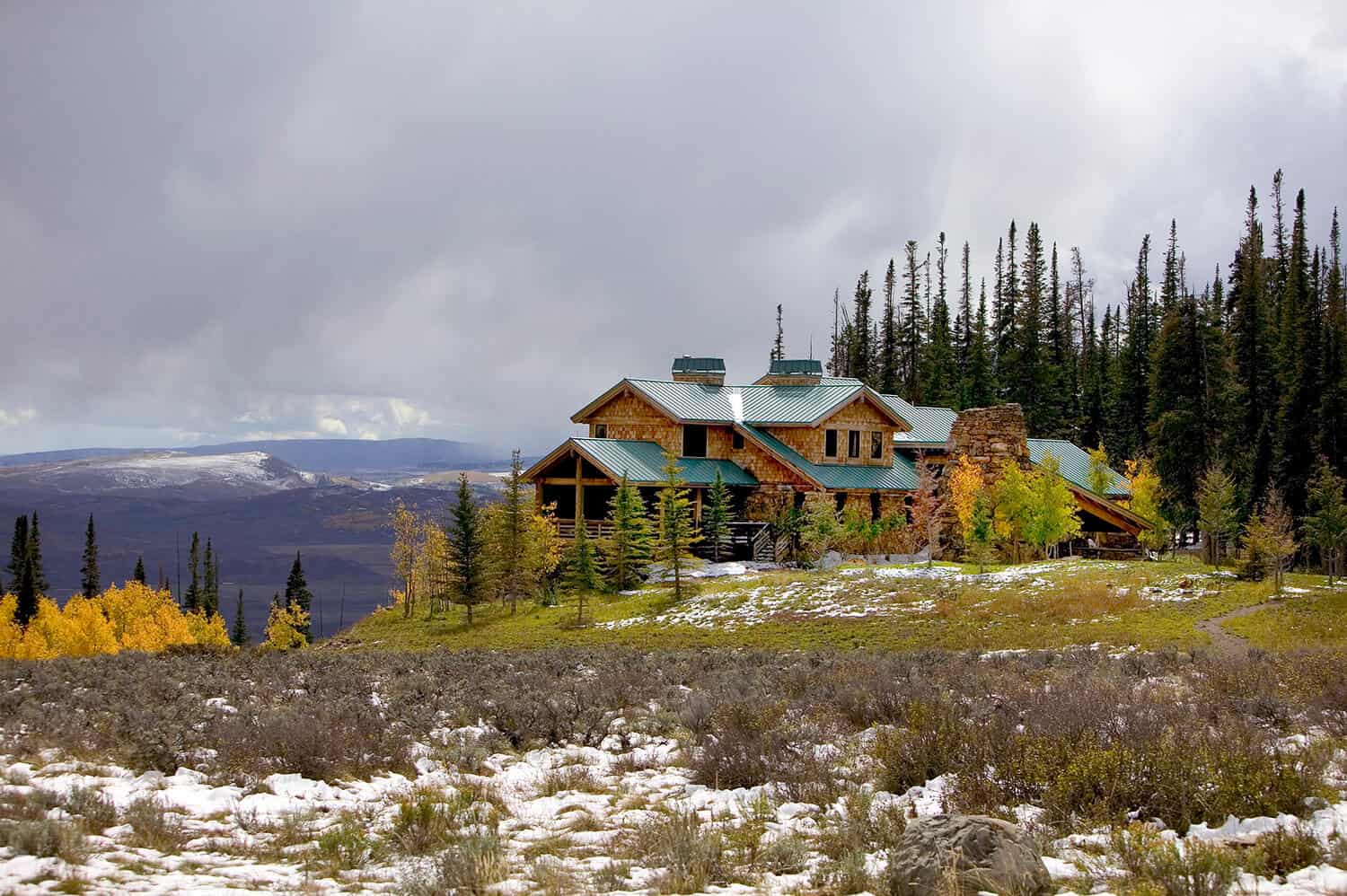
source: kgarch.com
When building a custom mountain home, choosing the location is often a more extended process than a typical residential project. The nature and views surrounding your home help to define its style and value. However, you’ll also need to consider the location in terms of access for everyday use, builders, and utility providers. The access roads surrounding the lot can sometimes determine what is and isn’t possible for a residence. Depending on the state, many remote mountain locations may be too far removed from power, sewer, and water lines to be reasonable for a new home.
Next, consider the lot’s allowance for a driveway that is easy to pave and navigate. Lighting for this roadway should be reasonable at night and in all weather conditions. Because you’ll be building in the mountains, you should expect heavy snowfall and ice on the driveway and on your property throughout the year. In some areas, you may need to ensure that the roads or driveways leading up to the house comply with municipal code.
Many mountain homeowners choose to build a heated driveway leading up to the house to compensate for the weather. In any case, you’ll need to have a plan for keeping the roadway in and out of the house clear in all weather conditions. Consider accessibility for emergency vehicles, such as a fire truck or ambulance. You may need to build accordingly with the assistance of an architect.
Topography and Ground Stability
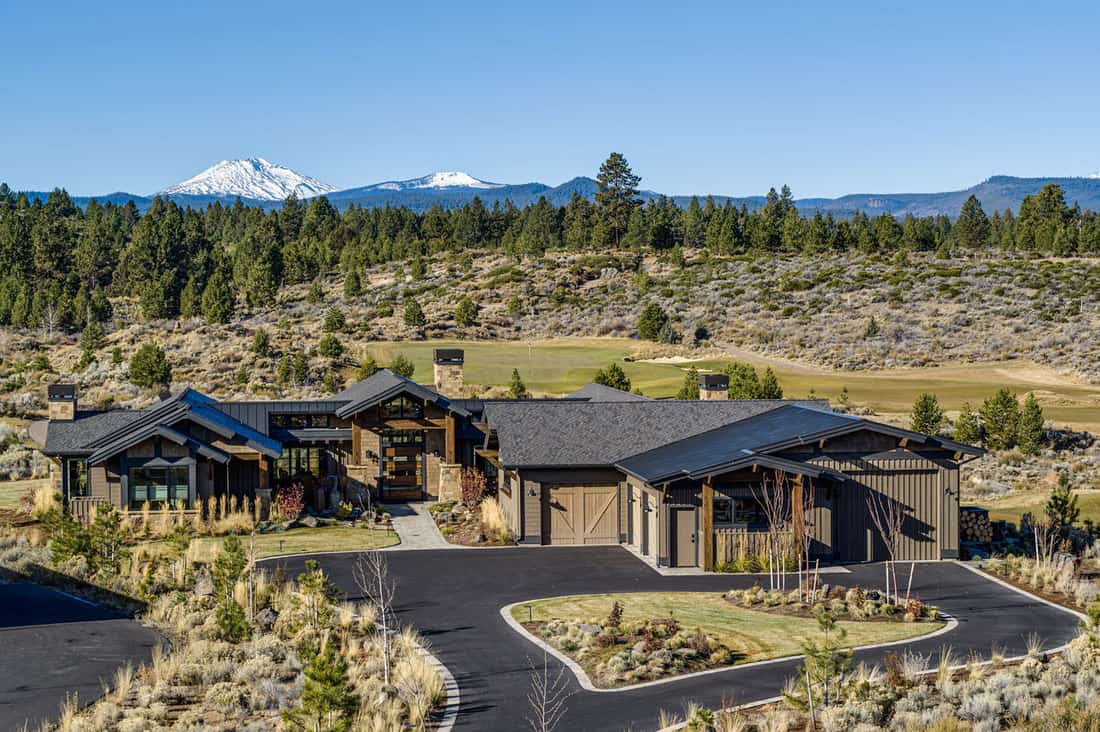
source: onekindesign.com
The location of your custom home is also essential to consider in terms of topography and soil. These two factors can have a high impact on the cost of the building project and the viability of land for supporting a long-term foundation. The topography of the location refers to the inclines and slopes that characterize the land at or around the foundation for the new home. You can order a topographic map for the land you’d like to use for building by contacting the USGS (United States Geological Survey)
Building on the side of a mountain may sound attractive in terms of the overlook view, but the logistical challenges or associated costs may make it difficult to build there. Because land in the mountains is typically uneven, you may need to level certain areas of the ground on your lot. You’ll also need to consider topography in terms of snow and rainfall- the land around the house slopes downward towards the home in any direction, you may have a drainage problem that would damage the foundation of the home long-term.
The soil profile of the land may also be a major factor in where you can and cannot build a new home. Mountainous areas often contain a diverse selection of soils and natural materials that may affect the landscape’s viability for building. A custom home architecture firm that is local to the area where you’ll be building can help you make sure the topography and soil profile for a particular lot is good for building your custom home.
Roofing Designs for Snow and Rain
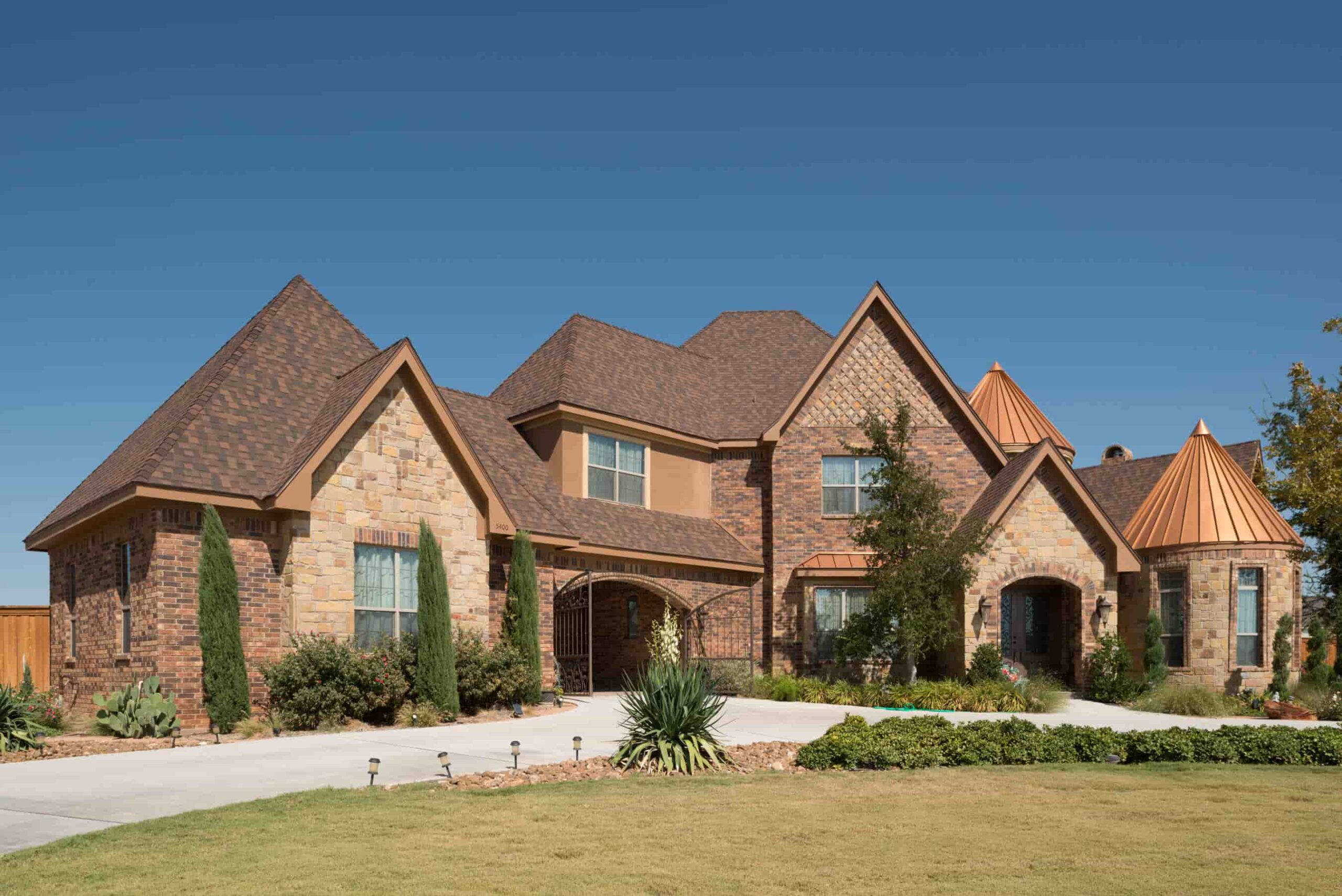
source: brick.com
The architectural plans for your home should include roofing that correctly manages the weather conditions you’ll face while living in the mountains. In most cases, snow will be the primary problem from a building standpoint. However, you’ll need to make sure that the drainage system for the building is still above average, and in some cases, more in line with commercial buildings. In order to handle snow, most mountain homes have a steeply sloped roof. This design ensures that the snow doesn’t sit on the roof of the house or weigh it down. You’ll also want to have a plan for designing patios and porches that can either melt or disperse the weight of a heavy snowfall.
Codes and Zoning
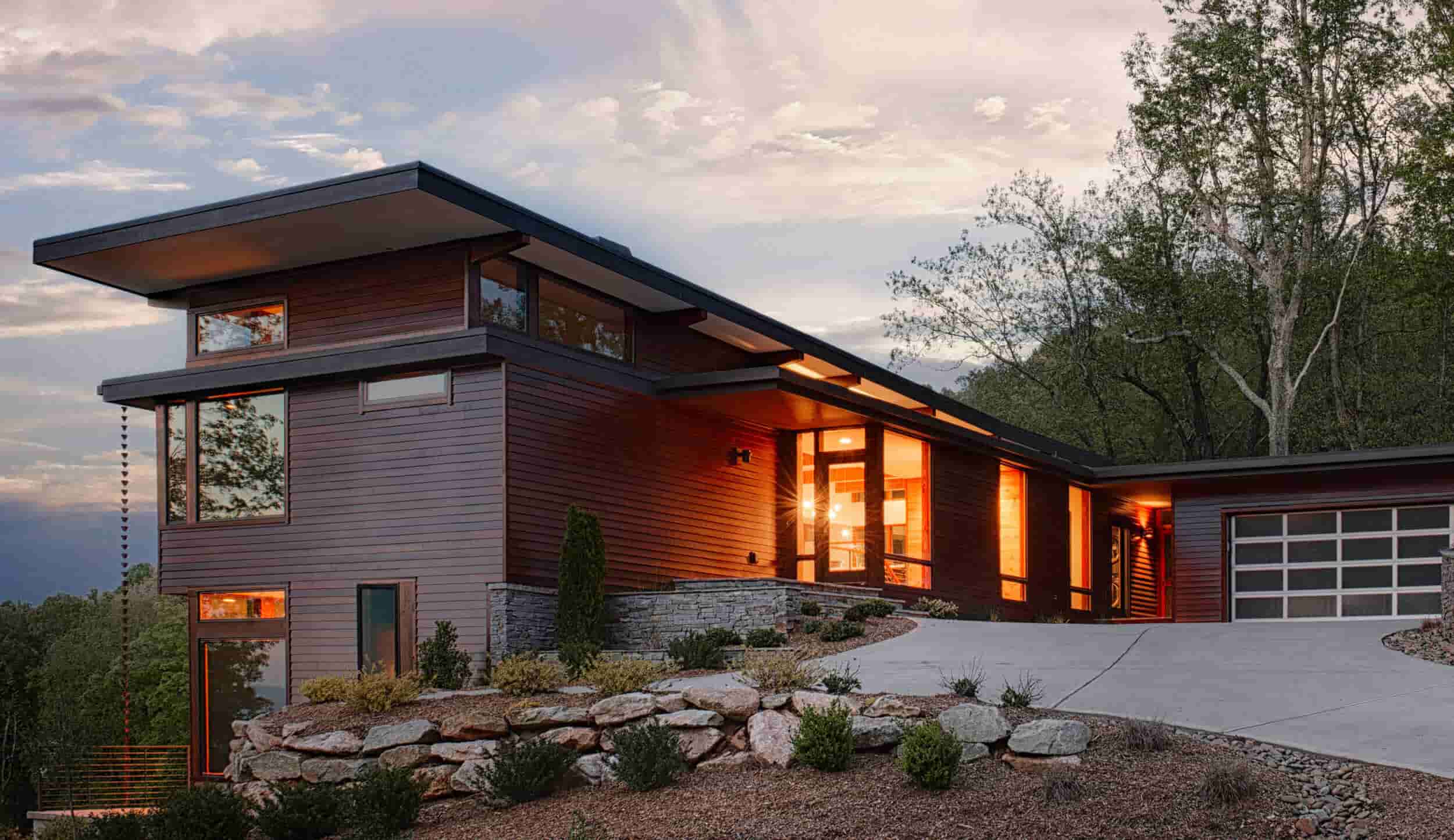
source: pinterest.com
The rules and regulations for your area may also have an impact on your custom home project. Though many mountain properties have larger lots, there are often still a handful of zoning regulations that you’ll need to be aware of before the construction phase of the project begins. Many mountain properties have setbacks on lots- which means you cannot build the home at or very close to the technical edge of the property. A property setback keeps the landscape open, and in urban areas, ensures that there is enough distance between buildings to allow for light. Check out this guide on property setbacks for more information.
Conclusion– Design Considerations for Custom Mountain Homes
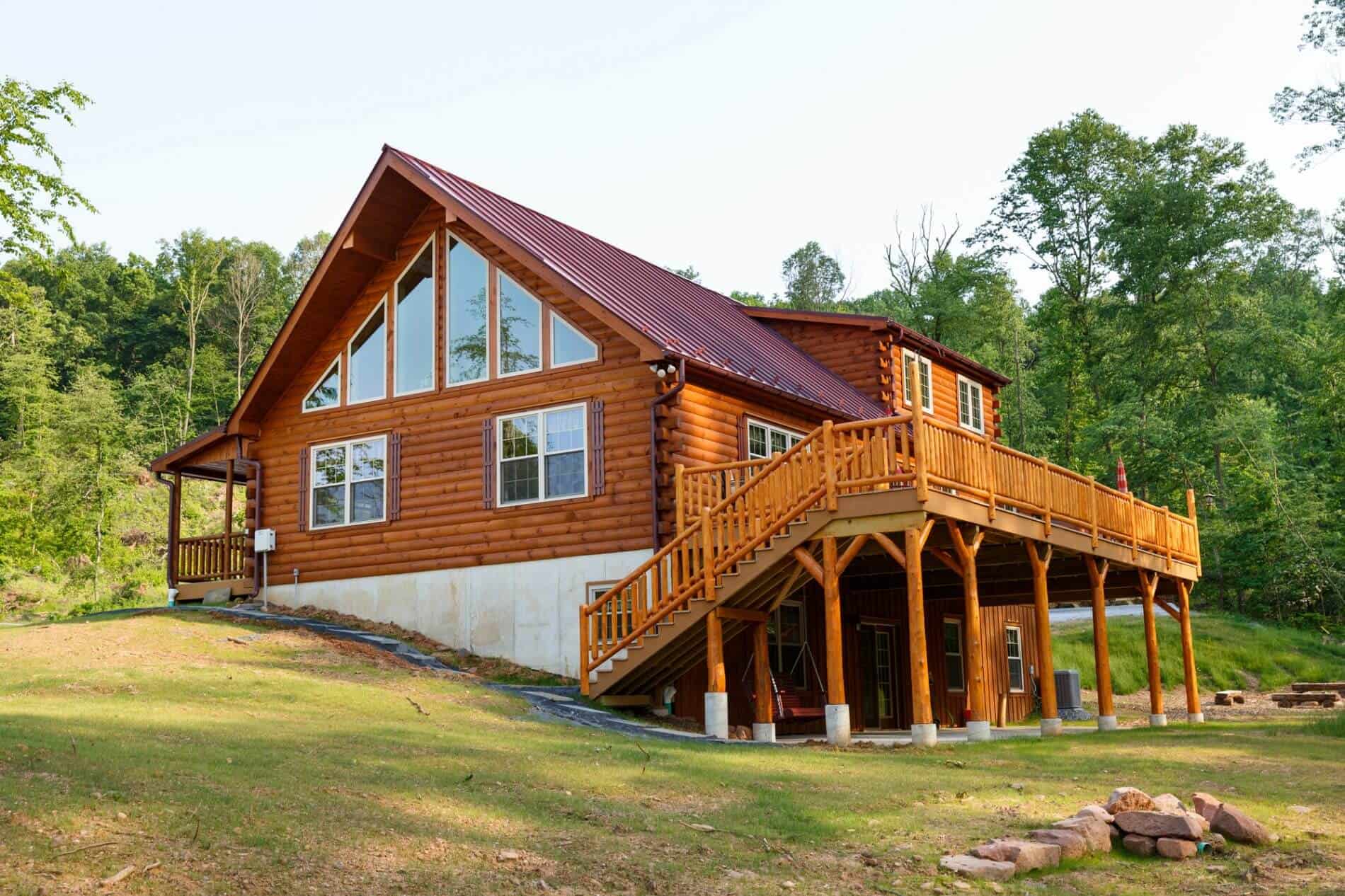
source: zookcabins.com
Before beginning any custom home, you’ll need to set up a consultation with a residential architect. You’ll want to make sure that you’re working with someone who is familiar with the area and understands the variety of challenges that come with building a home in a mountain setting. With the assistance of architecture professionals, the building process will be smoother, and the end product will be a wonderful new home for you and your family.

